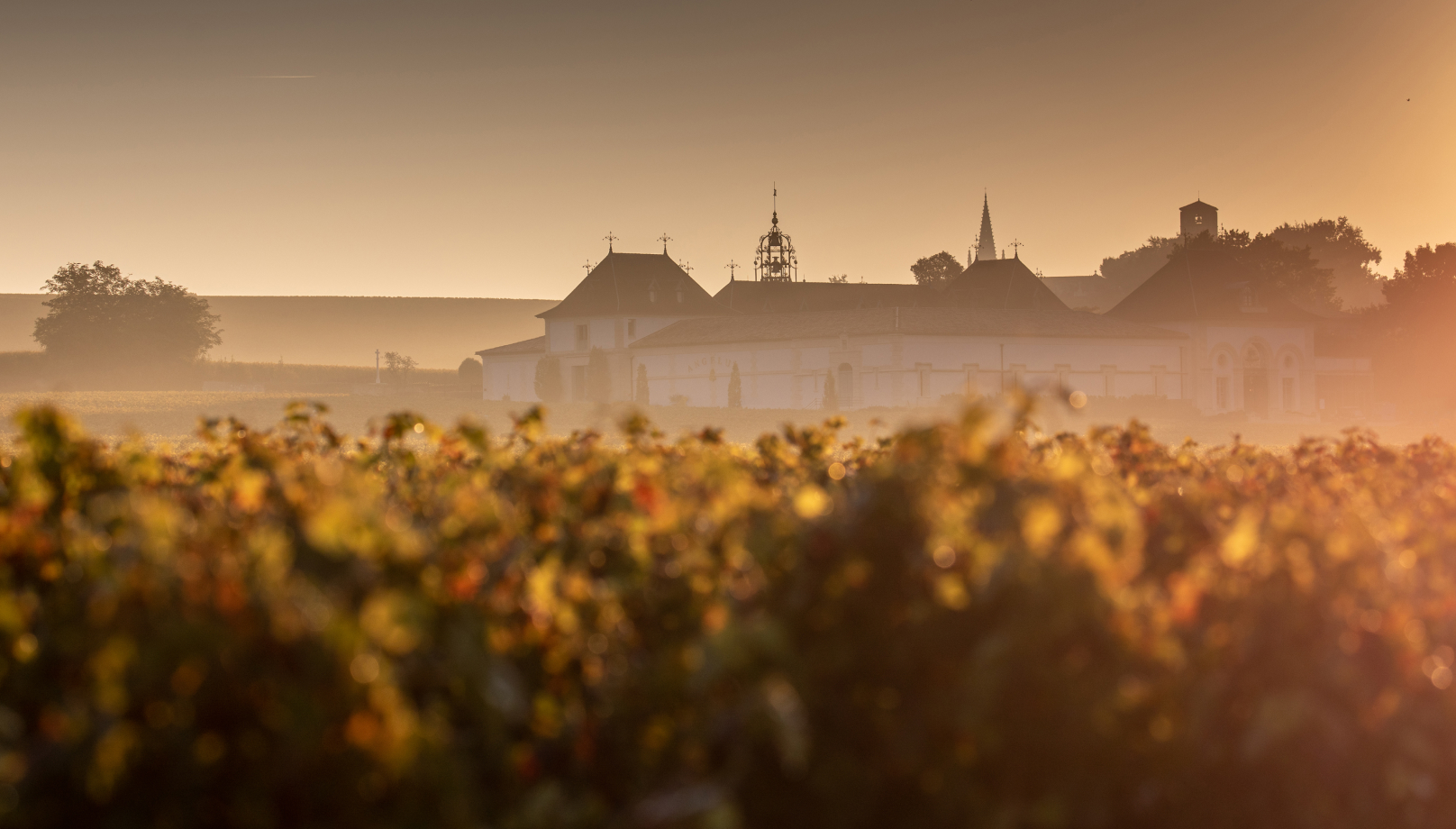








Practical tips for buying and tasting vintage wines
Buying a vintage wine can be a daunting experience and a leap into the unknown. To accompany you in your purchase of vintage wines, we've provided you with the main keys to tasting, as well as a few tips on the best way to choose, preserve and serve your vintage. If you have any questions or would like some personalized advice, please don't hesitate to contact us by e-mail at: contact@mwineted.comWhat is the profile of an old vintage?
Wine evolves and changes over time. Its color, aromas and palate change to express a more complex, integrated profile of tannins and barrel aromas.A wine's color can reveal its stage of evolution. In its youth, a red wine has a bright red-purple color, while a white wine has a very pale yellow or even transparent color with green highlights. The red wine then evolves to a ruby-red to garnet-red color, while the white wine may turn from a straw yellow to a golden yellow with copper highlights. An aged red wine is reddish-brown to brick-orange in color, while an aged white wine is yellowish-brown.
The aromatic bouquet of red and white wines evolves to offer tertiary aromas in addition to primary and secondary aromas. The aromatic bouquet of red wines evolves to offer notes of dried fruit (fig, plum, raisin), cooked fruit (cherry, plum), leather, earth, mushroom, meat, tobacco, wet leaves, forest floor, caramel. As for the white wines, the aromatic palette expresses, over time, dried fruit aromas (dried apricot, raisin), orange marmalade, petroleum, cinnamon, ginger, nutmeg, almond, hazelnut, honey and caramel.
How to choose your old vintage?
You can choose to buy an old vintage to discover a new experience. These aged wines offer a different tasting experience to recent vintages. Indeed, old vintages have an evolved aromatic and taste profile.Offering a vintage wine from the year of your birth, a wedding or an important event is an exceptional and prestigious gift. An old vintage can also evoke a memory or an anecdote you share with someone. It becomes symbolic of your personal history. In this way, it represents a personal, personalized touch.
You can opt for an old vintage for the historical heritage it represents. Old vintages bear witness to a bygone era. The vintage you choose is linked to a specific winegrowing history and estate. They are sublimated by the test of time. Don't we say of our elders that they improve with age, or that they age like good wine? Old vintages are the reflection of a particular and singular weather, a unique terroir and the work of the winemakers. They are an exceptional, prestigious gift. In fact, the quantity of these precious bottles is becoming increasingly scarce, year after year, until they disappear.
François Audouze had this to say about tasting an old vintage: "The experience of an aged wine is unlike anything you're used to drinking. The flaws are touching, you feel like you're traveling back in time, imagining a different, perhaps lighter period. It puts you back in context. You get a taste of history.
How to preserve your old vintage?
You can refer to our guide describing the best way to create a cellar with ideal storage conditions.To ensure that your old vintage is preserved for future tastings, you can use a system such as the Coravin, which allows you to take a small quantity of wine from the glass. This tasting will allow you to enjoy a small glass of your precious bottle without opening it, and to appreciate not only its quality, but also the right moment to enjoy it.
How to serve an old vintage
Old vintages, to fully reveal their noble qualities, must be stored and transported with great care and respect. Maison Wineted can offer you old vintages handled in optimal conditions. The use of a bilame corkscrew enables the cork to be gently extracted without the risk of breaking it.Preparation of the wine before tasting is essential to the tasting experience. The ideal serving temperature varies according to the wine, but we recommend raising the temperature by one or two degrees to serve older red wines between 16 and 18 degrees and older white wines between 10 and 12 degrees.
In addition, gentle aeration, around 4 to 5 hours before tasting, without decanting the wine, allows the aromas of your vintage to fully develop.
Is decanting an old vintage recommended?
Decanting older vintages is generally not recommended due to the risk of rapid oxygenation, which can alter the aromatic and taste balance of the wine. Alternative, gentler methods, such as placing the bottle in an upright position a few weeks or days before tasting, or slow oxygenation, are recommended. Choosing the right glassware, such as large, finely goblet glasses, is essential to appreciate the nuances of mature wines.Our sales team will be delighted to advise you and meet your requirements in terms of rare wines and collectors' wines available in limited quantities or under allocation (Rayas, Selosse, ...). To send us your requests, please send an e-mail to: contact@mwineted.com
-
 Storage
StorageSecured warehouses
in Paris, Bordeaux and Monaco -
 Delivery
DeliveryBetween 4 to 8 working days
in our protective packaging -
 Shipping
ShippingWe ship worldwide
-
 Purchase by unit
Purchase by unitNo minimum
order quantity -
 Short supply chain
Short supply chainPrivileged from
the estates
- Choosing a selection results in a full page refresh.
- Opens in a new window.







